

The unique island is sure to capture our hearts from the very first encounter. What is it that makes this familiar-yet-unknown world so magical…?
Spring! Millions of Japanese people make a pilgrimage every year to the parks of the big cities, where they can’t get enough of the view. Many adjust their work vacations to coincide with the cherry blossom season, just to experience the fragrant air and the visually stunning sight every year. This is the best time to visit one of the world’s most vibrant cities.
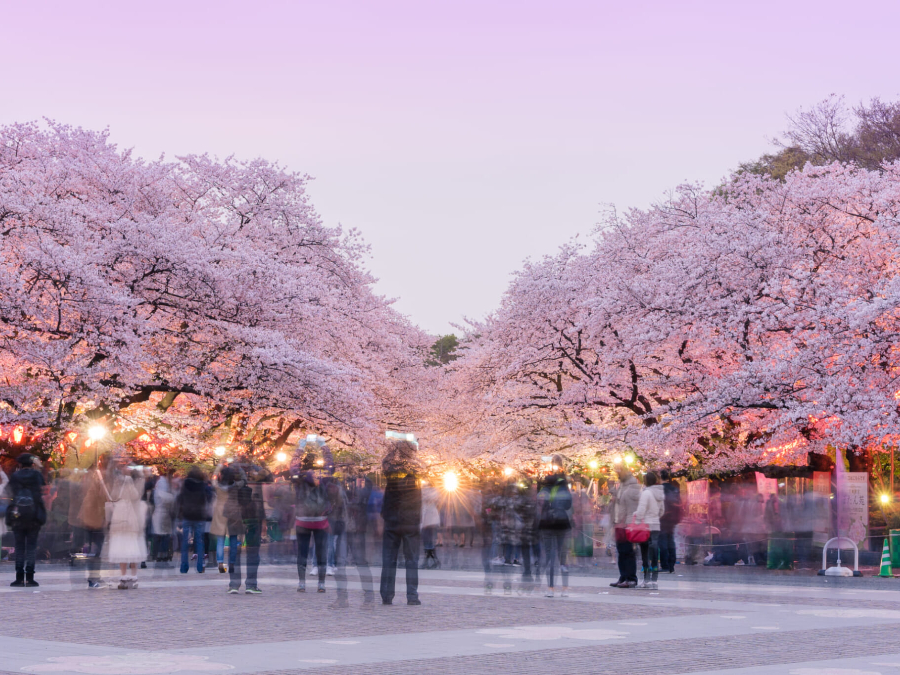
Tokyo, the energy hub
Since the pandemic, crowds of tourists eager to explore the Far Eastern world have been returning to Japan. Most aim for the capital first, this metropolis with a pace of life rivaling New York’s, and an inexhaustible energy reserve. But unlike the noisy buzz of the Big Apple, Tokyo’s energy doesn’t overwhelm; it doesn’t collide with you, doesn’t attack you inevitably—it’s simply always in the air, keeping the city in motion while still allowing you to catch your breath. This eternal energy, according to locals, is part of the Tokyo experience, and they even protect it, ensuring it never fades. Where does this calm yet irresistible whirlwind draw its power from? Partly from the constant bustle of the millions of residents, and partly from the genetically encoded restraint and distance of the Japanese people. Whether conscious or instinctive, it holds the city together.
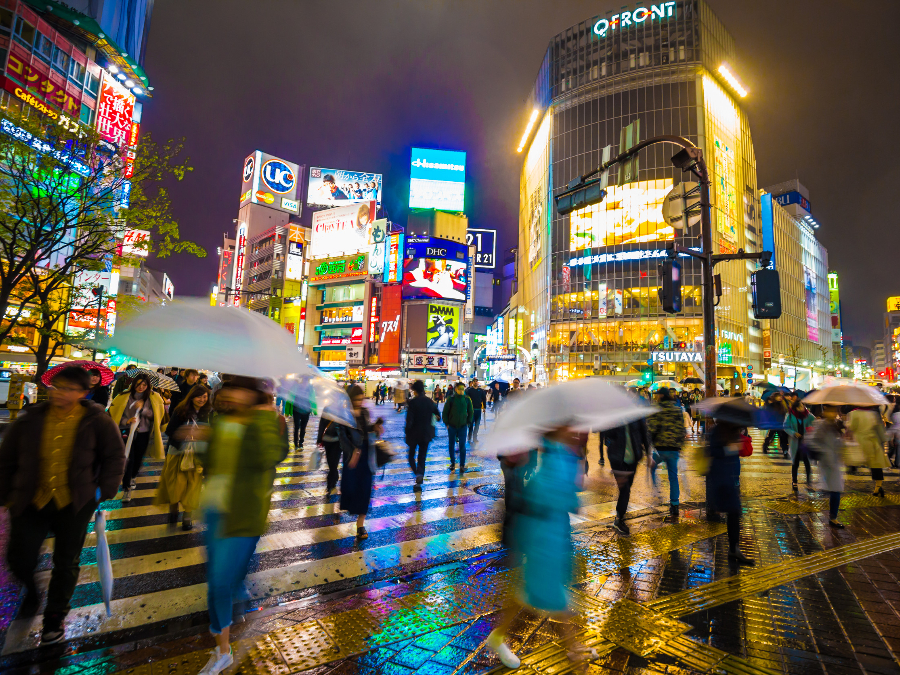
Before we melt into it, let’s not forget that the suffocating feeling of the city’s rush does reach here too, from time to time, affecting both locals and foreigners alike. In those moments, one can’t help but want to escape. It’s important to listen to our instincts because Tokyo is indeed a fast-paced city. It’s worth traveling to the countryside at such times, perhaps to a traditional festival, which offers something completely different from the urban lifestyle.
A perfect location is, for example, the coastal city of Kamakura, located 50 kilometers south of Tokyo. It became Japan's political center when Minamoto no Yoritomo chose it as the seat of his new feudal military government in 1192. The Kamakura period lasted for several centuries, first under the rule of the Minamoto shoguns, and later under the regents of the Hōjō clan. After the Kamakura shogunate fell in the 14th century, the Ashikaga shogunate moved the new center to Kyoto, but Kamakura remained the political center of Eastern Japan for several more decades.
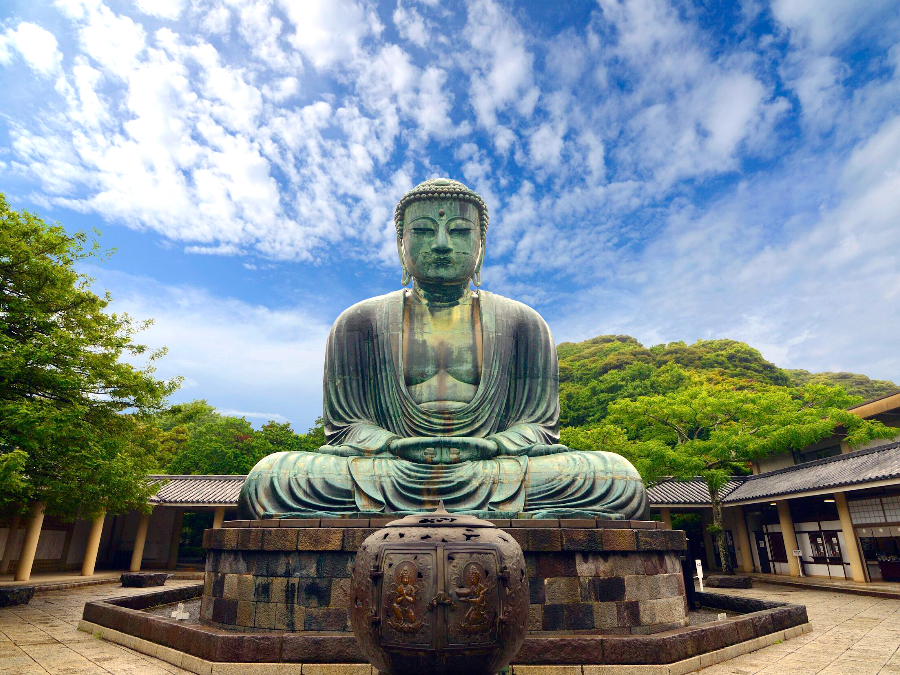
The city’s most interesting attraction is its numerous Buddhist temples. Among them, the Kōtoku-in definitely stands out, where a massive bronze statue of Amida Buddha was erected in 1252. In 1498, a huge tsunami destroyed the temple and the hall surrounding the statue. Since then, the Buddha has stood freely, about 860 meters from the beach.
A train from Tokyo also takes you here, so driving is unnecessary, but more on that later. Tired tourists climbing up to the temple are offered miso soup steaming in a huge cauldron. It’s proven to be a vitamin-packed powerhouse that helps prevent cancer, and it’s delicious too. Unfortunately, the true miso flavor, which is a daily part of life in Japan, can’t be found in any European Japanese restaurant.
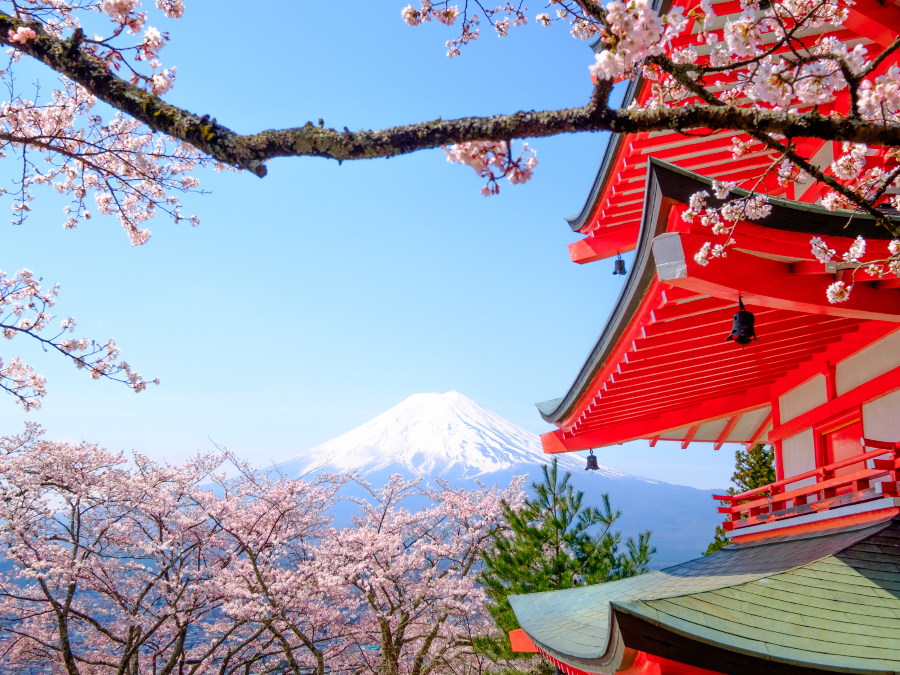
Then there’s Mount Fuji, which, according to a Japanese saying, everyone must climb once in their lifetime, but only a fool climbs it twice. According to legend, an anonymous monk was the first to climb it in 663. The nearly perfectly symmetrical cone-shaped volcano last erupted in 1708.
Rules and loopholes
In the Japanese language, the most commonly used word for foreigners is gaijin (外人), which literally means "outsider" and can sometimes come across as offensive. After a few months, it might not feel as harsh, but there are foreigners who have lived in Japan for decades and are still referred to as gaijin. One reason for this is that Japanese social traditions are much more complex and stricter than those of Europeans.
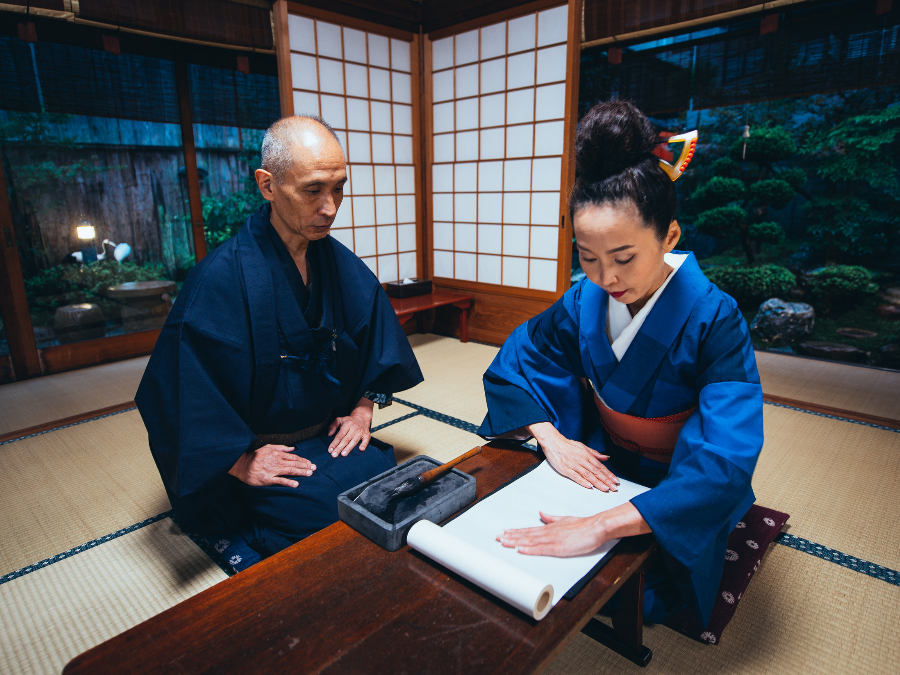
So, what should a gaijin do? Well, someone who is not just visiting but, for example, coming to study in the country must adapt to a very highly regulated society. The situation isn’t as dire as it may seem; it’s simply a matter of understanding how things work in Japan. In some ways, a foreigner may even have it easier. If a Japanese person breaks a rule at work, it can easily put their position in jeopardy. But if a foreigner makes a mistake, as long as they show respect and a desire to improve and learn, they are forgiven.
After a while, we will notice that the Japanese are approachable, and although we can’t speak of friendships in the European sense—since the two-step distance always remains—one can make reliable friends. Even many years after we return home, they won’t forget us. It’s also important to know that decisions in Japan aren’t made overnight, but once they are made, they are rock-solid.
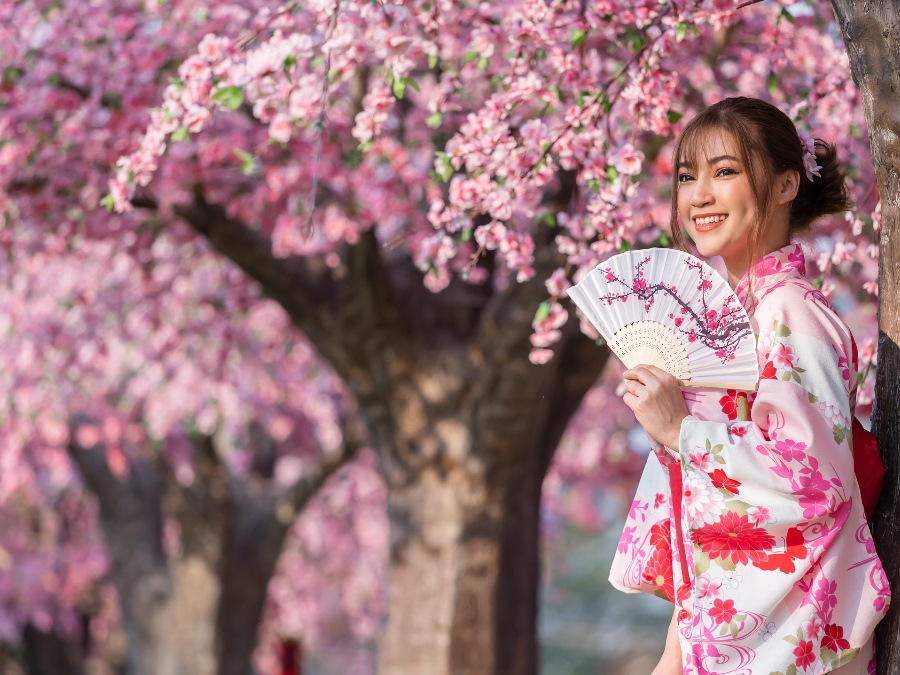
Sushi and everything else
Japanese cuisine is truly impressive. Tokyo constantly outdoes itself in the field of gastronomy. In recent years, the most Michelin stars have been awarded in Tokyo, which is a guarantee that a wide variety of high-quality food and culinary experiences await hungry wanderers, enchanting both visitors and locals time and time again. Of course, gastronomy means much more than simply collecting praise-worthy stars. Whether in a tiny sushi bar run by locals or in a top-tier restaurant, traditional Japanese dishes—such as udon, soba, and many other variations of soups and noodles—are served to us in perfect quality and with impeccable service.
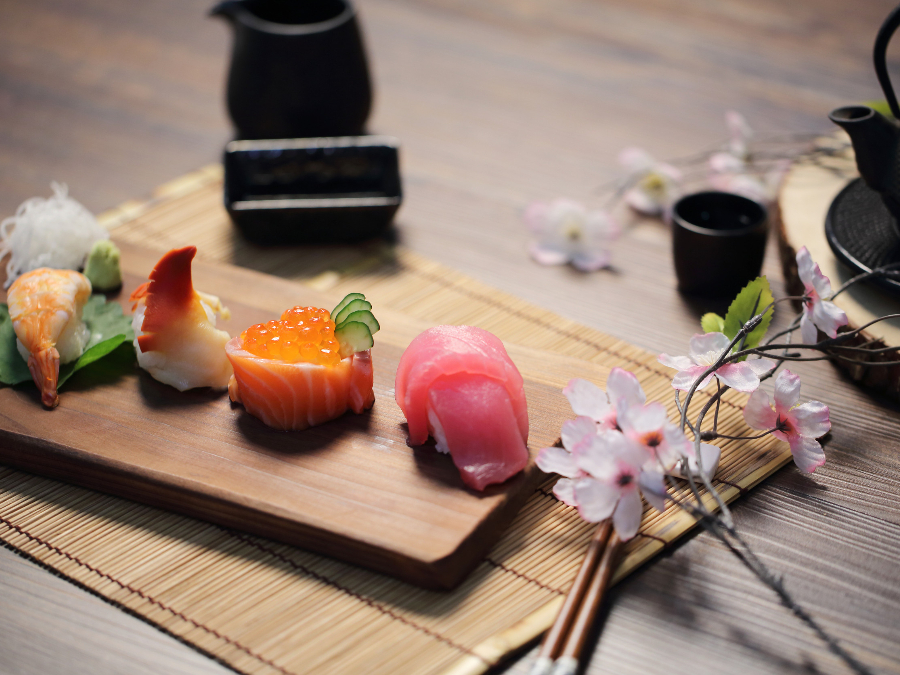
The best advice for those seeking culinary experiences is to never make a one-dimensional decision. Don’t choose just one type of dish—try as many as you can, one after the other! The Japanese-style "pub" at metro stations, the izakaya, the conveyor-belt sushi bar, the small-table atmosphere of market vendors, or the expensive, traditional sushi restaurant not only offer top-notch gastronomic experiences but also showcase the vibrant and diverse life of the Japanese capital.
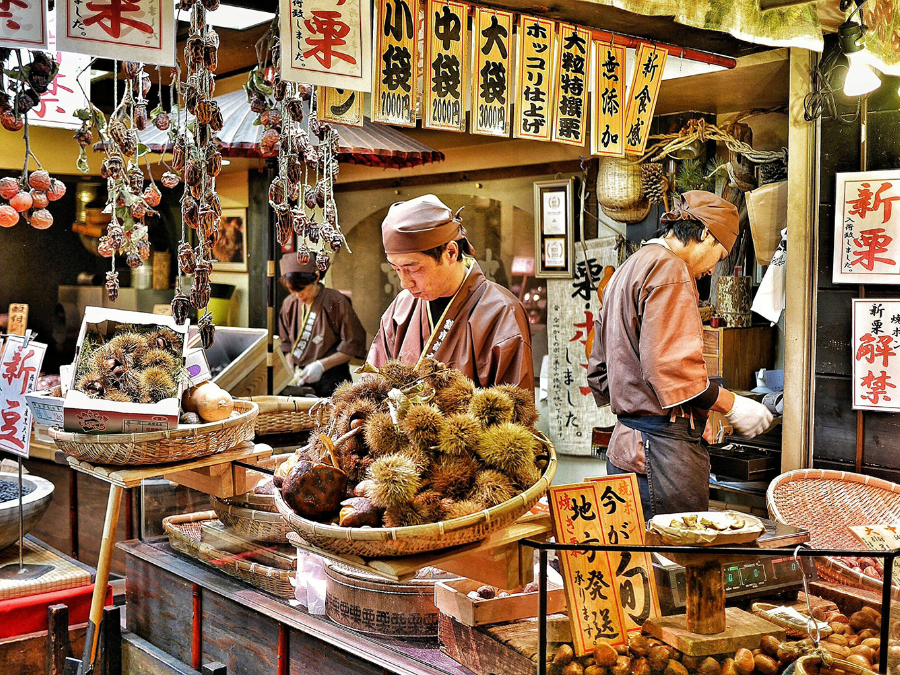
The Japanese place great importance on presentation. The vibrant variety of vegetables, the tableware that often matches even the color shades of the seasons, and the always-fresh ingredients will amaze any foreigner accustomed to fast food. Of course, there is also a bizarre side to this. In some dishes, like ikizukuri, chefs with incredible skill cut up the live fish in such a way that its nervous system remains practically intact, meaning the fish’s head still moves while its flesh is already ready to eat...
Japanese cuisine doesn’t really focus on the order of courses. Generally, everything is served at once, and everyone can choose what they like. It’s difficult, but still possible, to find something that’s missing. Whether in supermarkets, bars, or cafes, there’s an impressive variety of options.
The tradition of tea consumption is deeply rooted in Japanese culture. According to available sources, tea appeared in Japan in the 8th or 9th century, both as an accessory for social interaction among the upper class and as a beverage to aid religious reflection and meditation in the daily lives of monks in monasteries and temples. The tea ceremony – the original term, sadō (茶道), literally means "the way of tea" – is the highly regulated art of preparing, making, and serving Japanese green tea, accompanied by ceremonial gestures. According to tradition, a tea ceremony usually lasts between one and two hours, but it can even extend for five to six hours.
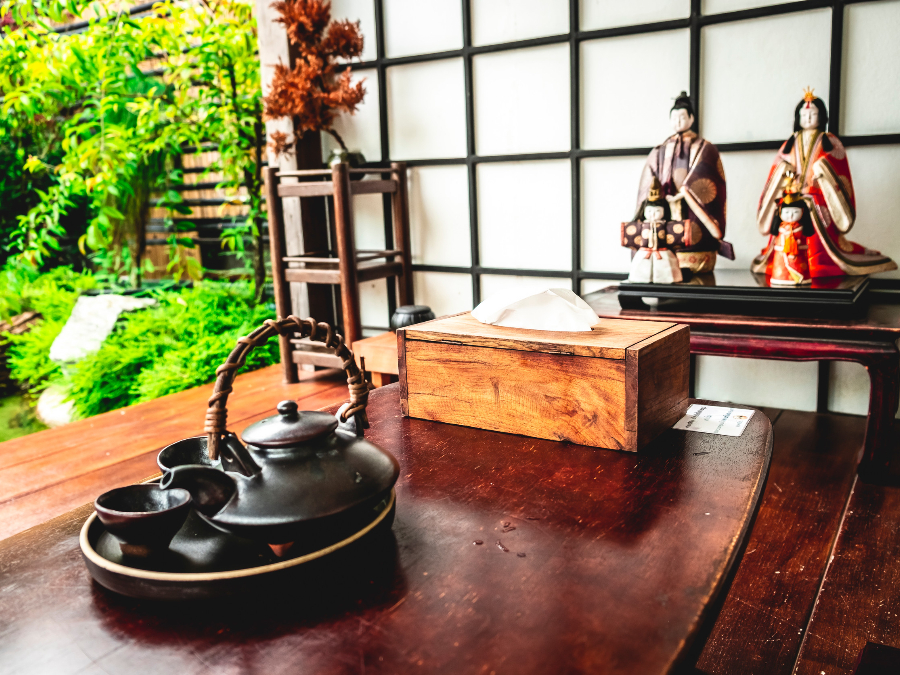
Strictly perfect trains
What you don’t need is a car. In many countries, it’s almost impossible to live without one, but Tokyo’s public transportation is simply perfect. Even after months of traveling, it’s still impressive how the trains arrive exactly on time, down to the second, and the doors open precisely where the painted symbols on the platform indicate. There’s never a bad experience—trains are safe and clean. It doesn’t matter where you’re traveling, you’ll definitely find at least one line that will take you there, even outside of Tokyo.
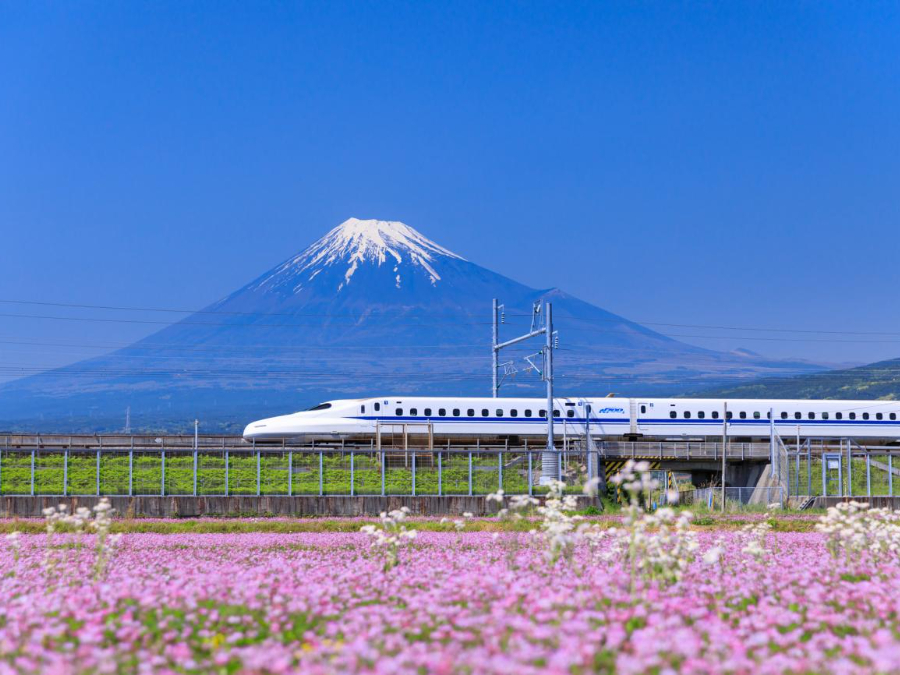
Subway lines and even more subway lines: when you look at the transportation maps, you’ll be confused by their density. Where is the one you need? And the stations—if they’re big, they’re really big. Stairs, long distances to get from one line to another; it can sometimes mean a 10-minute walk within a station. And there are multiple trains running on the same line, so it's quite easy to accidentally board one going in the completely opposite direction.
Asking for directions can be difficult. The Japanese don’t really say no. Even if, after a few minutes, it becomes clear that they genuinely can’t help, they’ll still try because they want to assist. So, the solution at the start is to make a precise itinerary. Though, getting lost isn’t always bad—just make sure you have the time for it. Public transportation is an excellent solution in every direction and at any time of day. Even late at night, we can be sure that we’ll reach our destination safely, without any trouble.
We heard a story about a man who fell asleep on the train and, waking up suddenly, frantically jumped off at the correct stop. Then, in despair, he realized that his briefcase, with all his documents and wallet inside, had been left on the overhead luggage rack. He told the stationmaster which line, which car he had traveled on, and when. Shortly afterward, he received his briefcase back, completely intact...
It can collapse at any moment
Japan lies at the meeting point of four tectonic plates, making it one of the most active fault lines in the Earth's crust. Small earthquakes are detected here up to 1,500 times a year, meaning there could be as many as five per day. The locals have become so accustomed to them that they hardly notice. However, since the Fukushima tragedy, fear has become more palpable, even among the Japanese. In Tokyo, they are prepared for as many potential situations, solutions, and types of help as possible. Children are taught in schools what to do in the event of a major earthquake. The preparation is supported by special simulation rooms, where we can even experience firsthand what it would be like to endure a destructive earthquake. The movement of the Earth's crust and volcanic activity are part of everyday life in Japan.
Japan, as always, is one of the most magical countries today. Perhaps it reveals its most captivating beauty in the spring, but it can be boldly explored in any season…